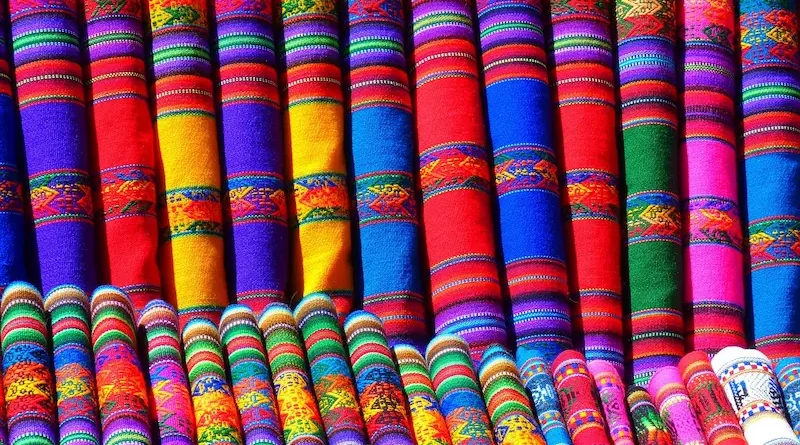The Best Fabrics for DTF Printing: What Works and What Doesn’t
In direct-to-film printing, the design is transferred from a film to a material. Due to this, fabric compatibility is very important to ensure proper adhesion and transfer of print. Although DTF printing is versatile, there are certain fabrics that are more suitable and provide better results. In order to achieve better results, understanding these differences is essential to maximise print quality and durability. The material with good absorbency tends to work well in this type of printing.
How DTF Printing Interacts with Different Fabrics
This is a type of modern screen printing. In this method, designs are transferred to a fabric with the help of special films. Heat and pressure are used to transfer permanent designs onto various materials. Fabric for DTF printing plays a major role in the high-quality prints and their durability. Learning about some important factors that can help you decide what fabric works with a DTF printer. The following are the factors which affect the print quality of fabrics in this method:
- Fabric Texture: The texture of the fabric plays a major role in heat and pressure adjustments for proper adhesion. If the texture is smooth and soft, it can easily absorb vibrant inks and would not distort the print. On the other hand, if the fabric has texture, it can distort the print clarity.
- Composition: Fabrics like cotton, polyester, linen, and silk each have their own composition. If the fabric is stretchable, it can cause issues with print transfer. On the other hand, if the fabric is too thin, one needs to be careful to adjust the heat. Similarly, thick fabrics require more heat and pressure to ensure proper print transfer.
- Breathability: Fabrics like cotton with good absorbency can be a perfect fit for DTF printing. If the printing is successful and the ins are still dry for a long time, it can damage the designs. This is why material breathability is a major factor when printing with this method.
Best Fabrics for DTF Printing
The following are the best DTF printing fabric that are ideal choices for this method:
- Cotton:
Cotton is a perfect material for DTF printing as it is highly absorbent, lightweight, and has a smooth texture. This allows it to hold ink without distorting complex designs. Due to this, it is a popular material for t-shirts, hoodies, bags, hats, and more, making it the top choice for such applications.
- Polyester:
Polyester is a great fit and well-suited for DTF printers as it is durable and has a smooth surface. This ability allows vibrant print and offers good details for complicated designs. Polyester blends with cotton are a good material choice, offering enhanced print quality and lasting durability.
- Blends (Poly-Cotton and Tri-Blends):
For enthusiasts and artists, blended fabrics are a perfect match for durability and flexibility. Tri-blends and poly-cotton fabrics offer good strengthening while being highly absorbent. This enhances the colours of the ink, making them perfect for fashion and sportswear.
Challenging Fabrics for DTF Printing
There are certain fabrics which are not compatible with DTF printers. Some of these are as follows:
- Nylon:
Nylon is unsuitable for this type of printing as its slick and moisture-wicking properties make it unsuitable. This leaks to ink adhesion and causes fading issues, making it less durable.
- Spandex/Lycra:
Fabrics like spandex and lycra can be harder to work with as they can distort the prints. This leads to peeling and cracking of the designs when stretched. A good alternative is blended fabrics with cotton, which offer stability and stretch.
- Waterproof or Coated Fabrics:
Ink requires fabrics with good absorbency for longer print retention. However, fabrics with coating or waterproof bases lead to poor print adhesions. This results in repelling ink, offering less longevity.
Tips for Getting the Best Results Across Fabrics
Whatever fabric you choose for DTF printing, you must follow some tips to ensure premium print quality. Following these tips can help in enhancing the final results and making the print more durable.
- Always pre-wash your fabrics before printing.
- Ensure that the printing surface is smooth and clean.
- Use proper heat settings that are suited for the fabric type for maximum adhesion to avoid any damage.
Conclusion
DTF printing can work with various fabrics, but selecting the right fabric can make a noticeable difference. This can enhance quality and provide durability for the prints. You can experiment with the recommended fabrics, like cotton and blends, for long-lasting prints.
Visit the rest of the site Business Insiderrs for more interesting and useful articles. Thank you!

